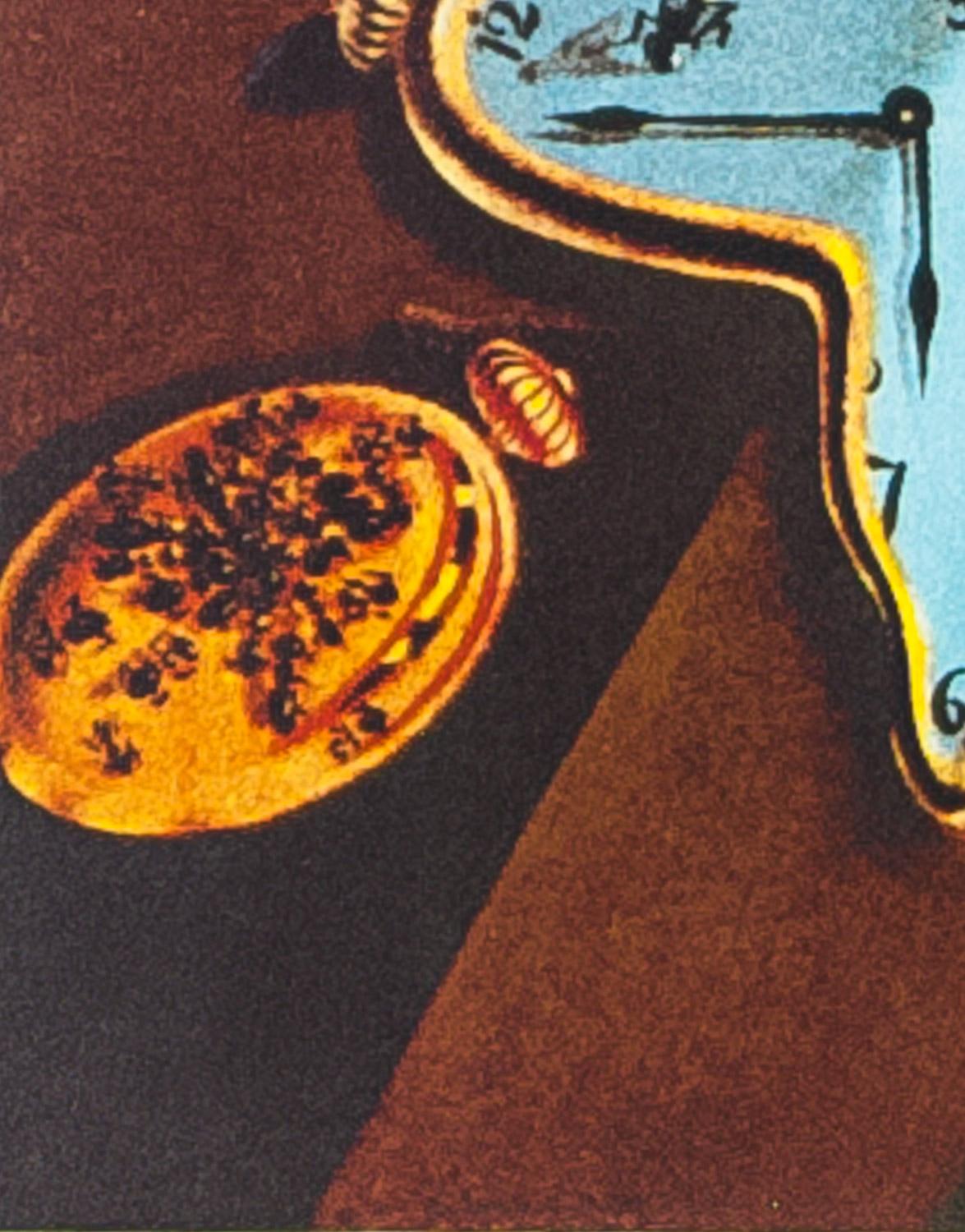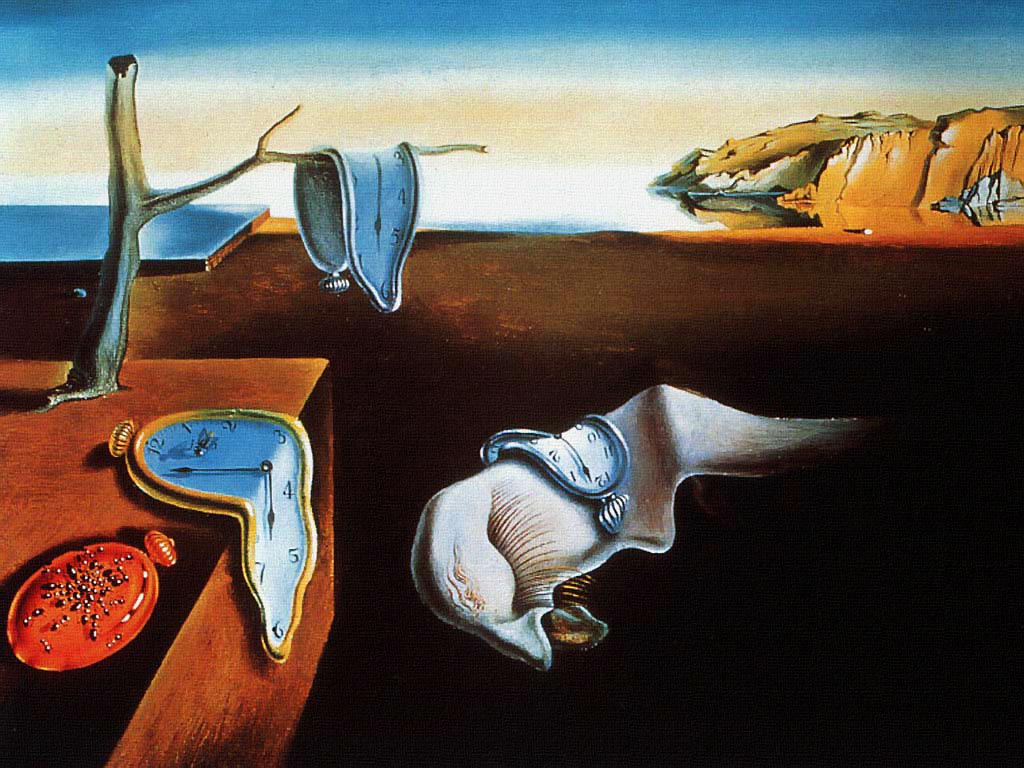


Dali, however, has not refuted this claim, but also not given it the proper response it required. Utilizing what he called “the usual paralyzing tricks of eye-fooling,” Dalí claimed that he made this painting with “the most imperialist fury of precision,” but only “to systematize confusion and thus to help discredit completely the world of reality. The Persistence of Memory, for example, is said to revolve around the idea of Einstein’s Theory of Relativity. These blend seamlessly with features based on the real world, including the rocky ridge in the painting’s upper-right-hand corner, which describes the cliffs of the Cap de Creus peninsula.

As he once explained: “This picture represented a landscape near Port Lligat, whose rocks were lighted by a transparent and melancholy twilight in the foreground an olive tree with its branches cut, and without leaves.”ĭalí frequently described his works as “hand- painted dream photographs.” He applied the methods of Surrealism, tapping deep into the non-rational mechanisms of his mind-dreams, the imagination, and the subconscious-to generate the unreal forms that populate The Persistence of Memory. In fact, it sprang not only from the artist’s imagination, but also from his memories of the coastline of his native Catalonia, Spain. The Persistence of Memory 1931 is a licensed reproduction that was printed on Premium Heavy Stock Paper which captures all of the vivid colors and details of. With its uncanny, otherworldly feel, and its melting pocket watches and mollusk-like central figure strewn about a barren landscape, Salvador Dalí’s The Persistence of Memory seems wholly imaginary.


 0 kommentar(er)
0 kommentar(er)
